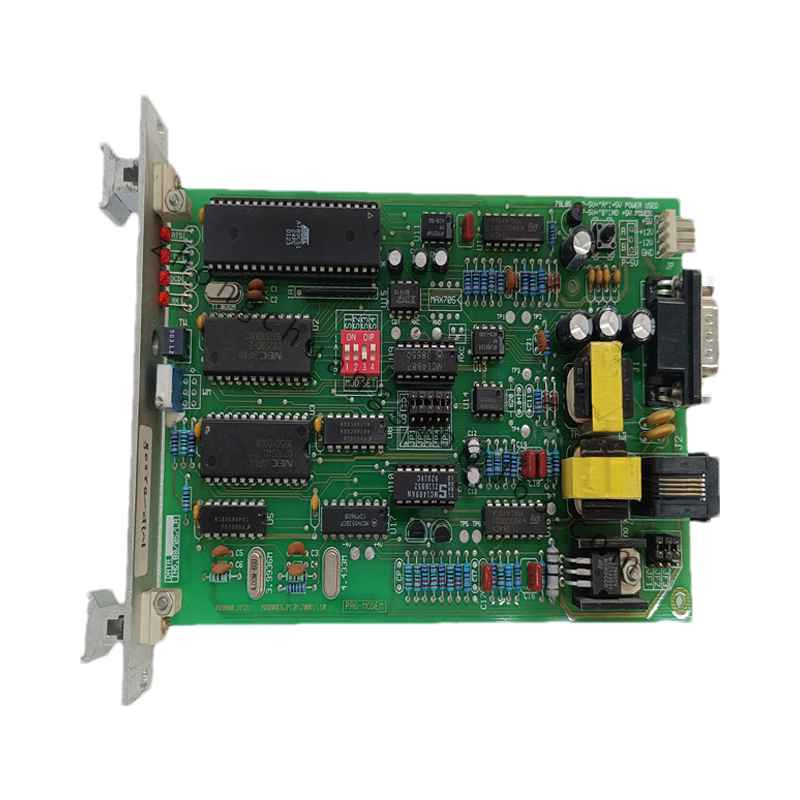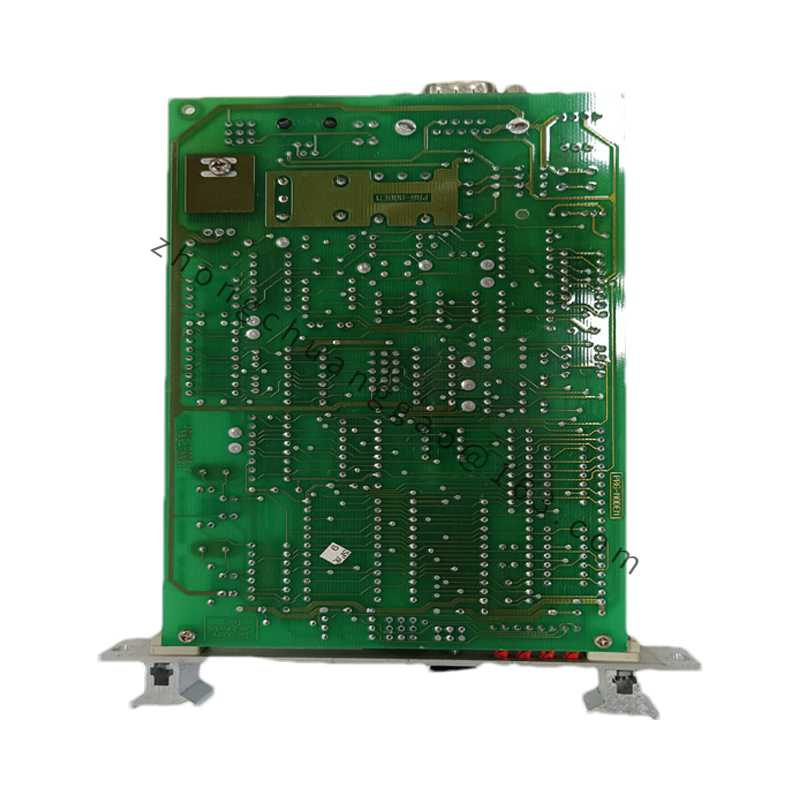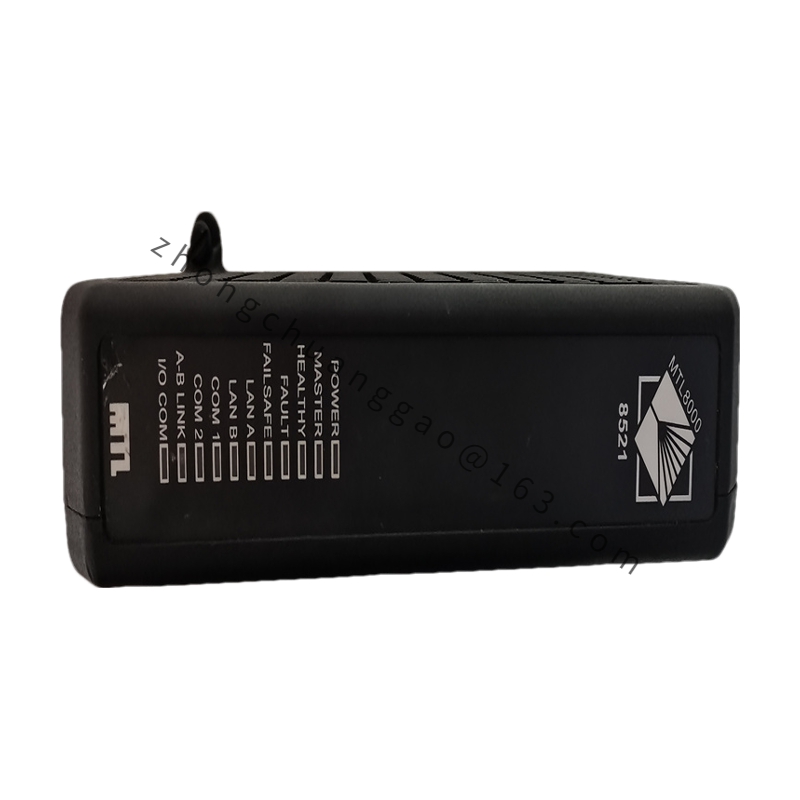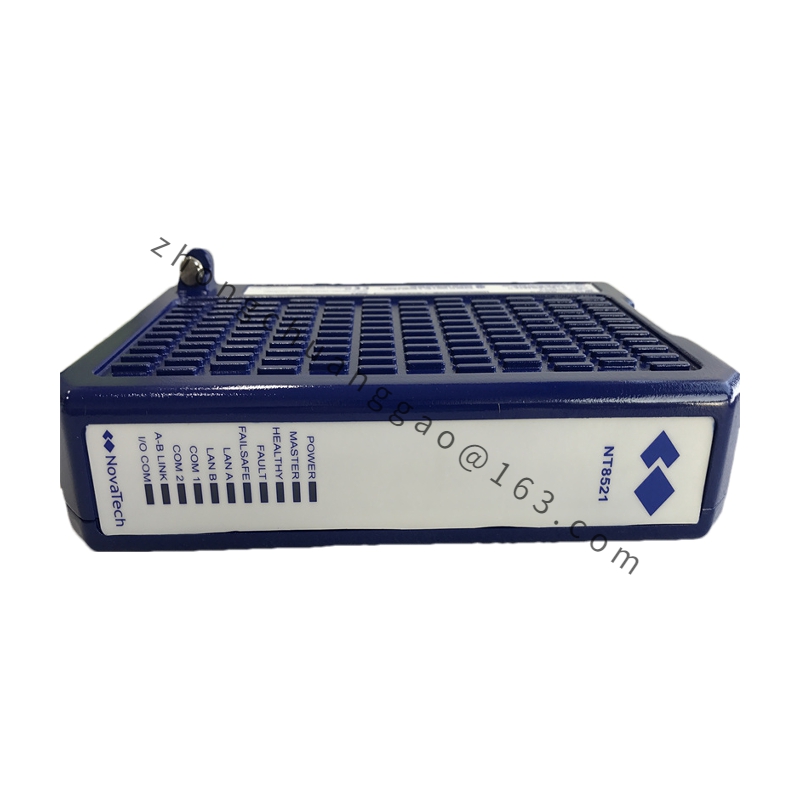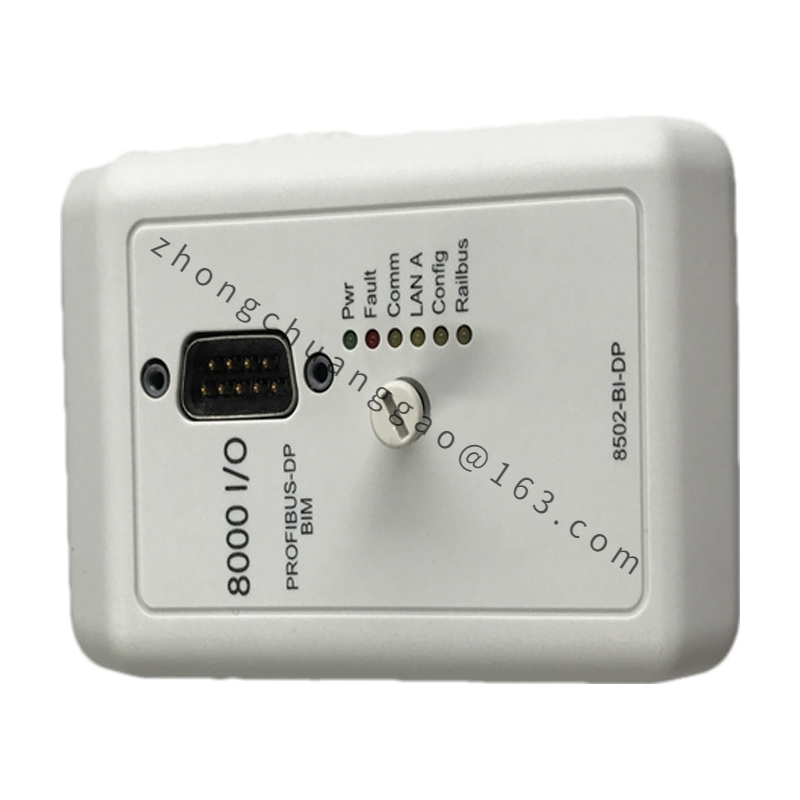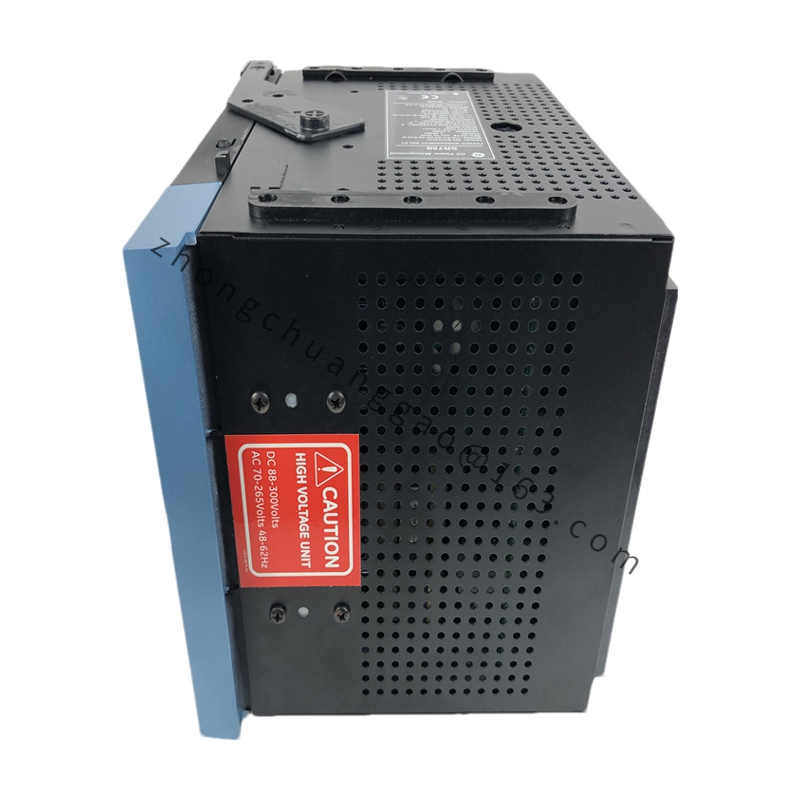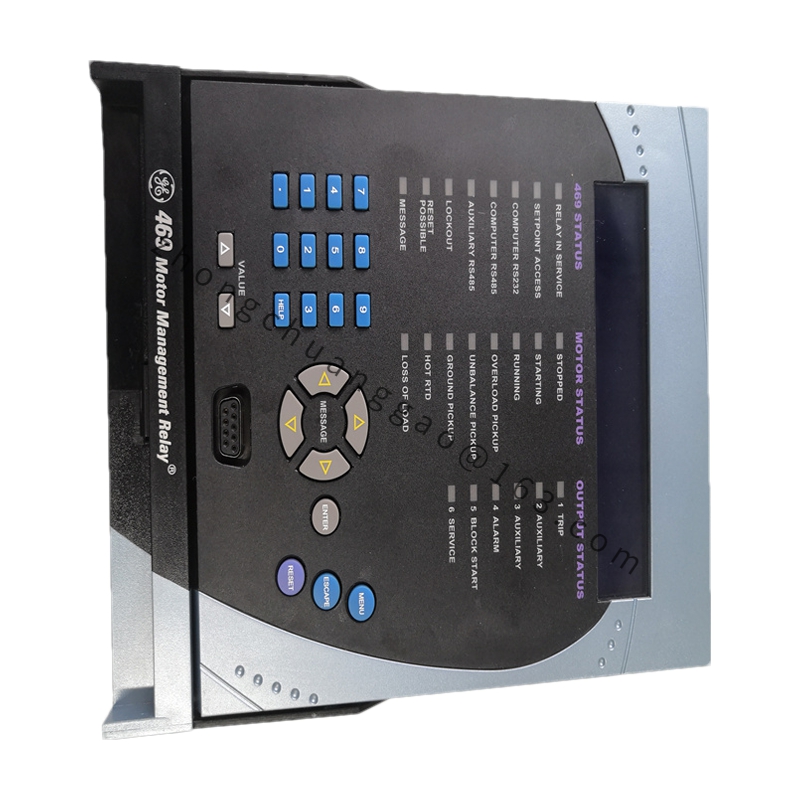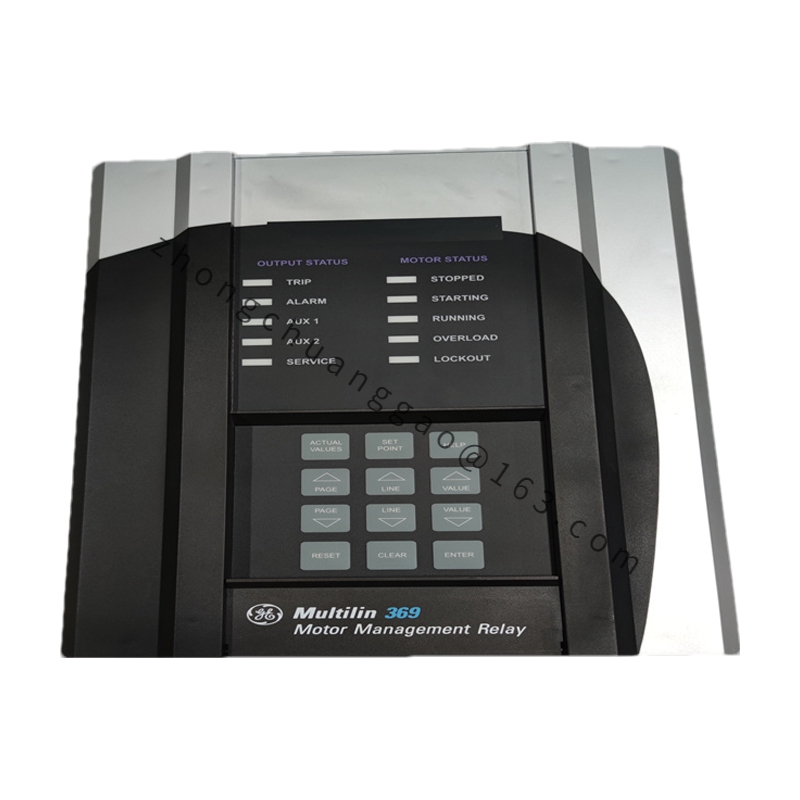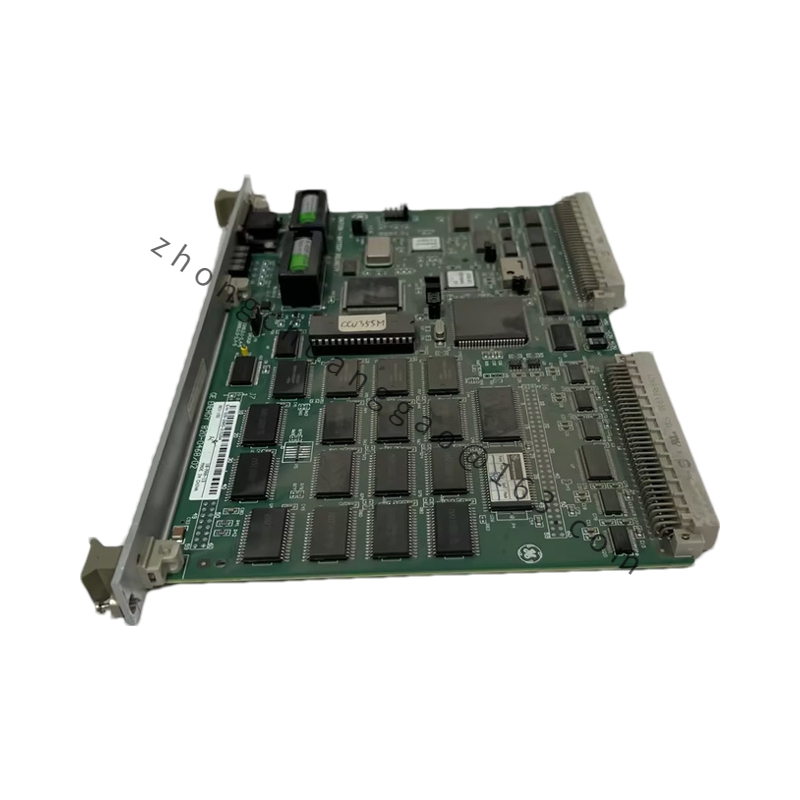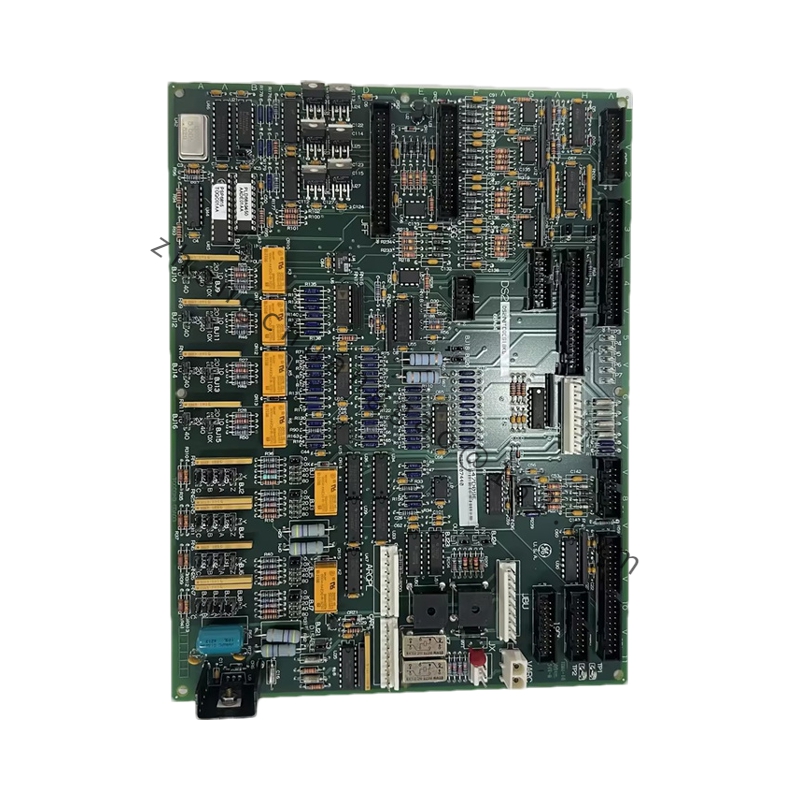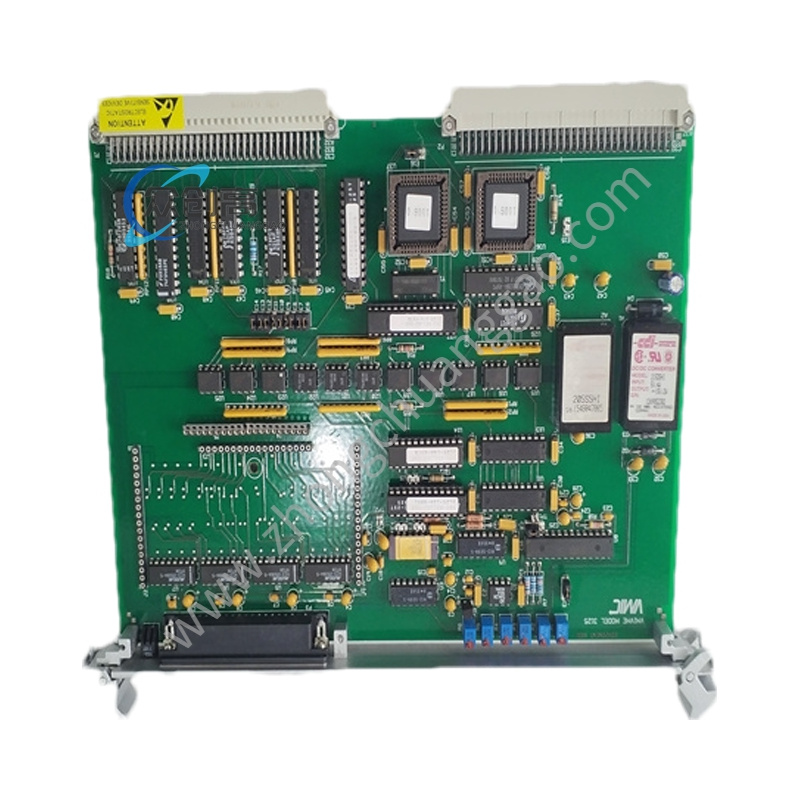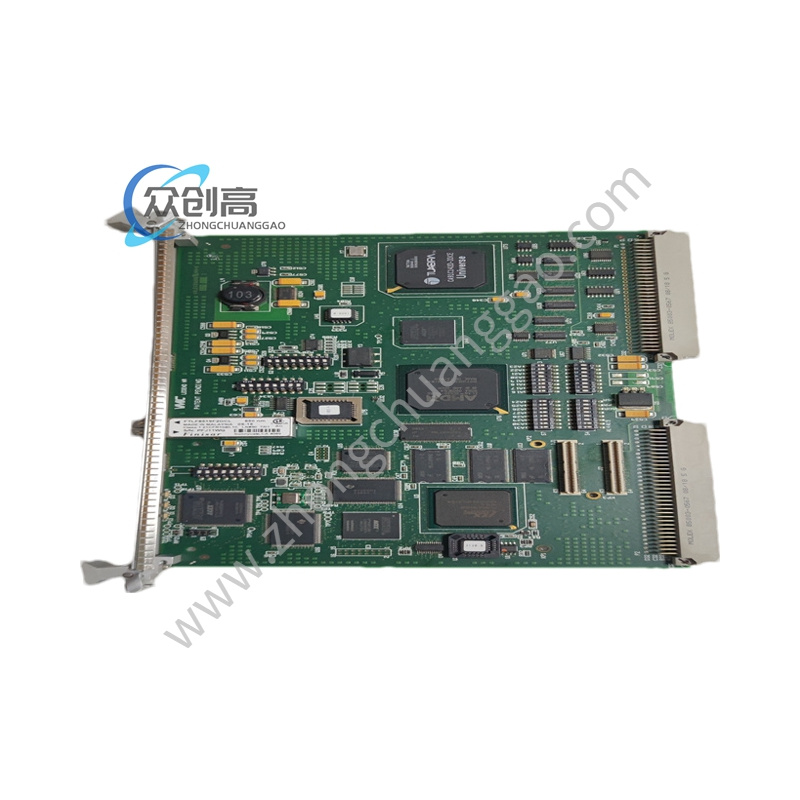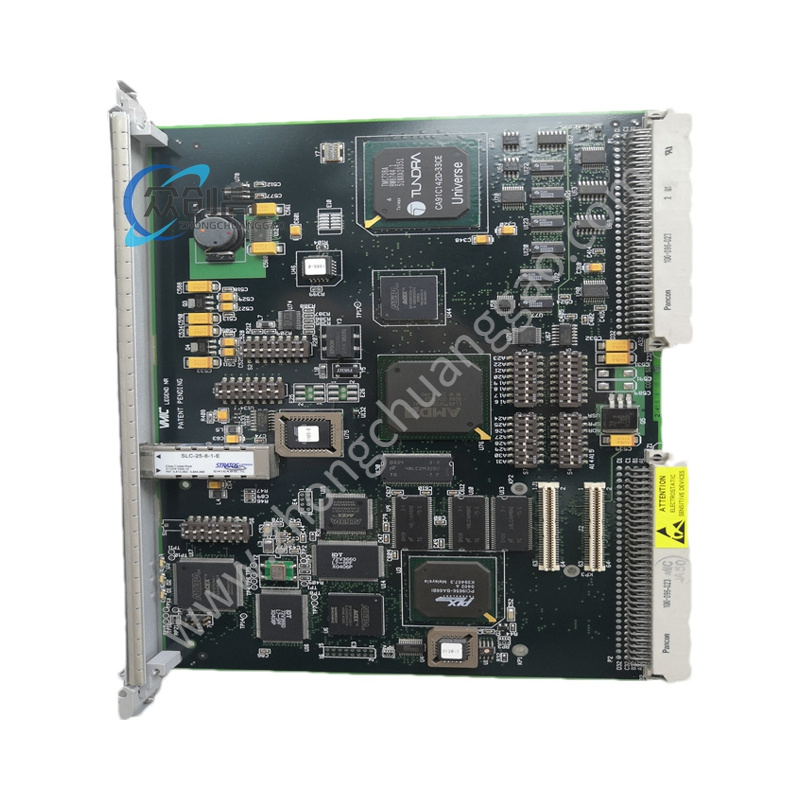Detailed content
Technical Specifications
- Model: PRG-MODEM
- Type: Modem
- Functionality:
- Provides communication capabilities for GE control systems, enabling remote access and data transfer.
- Facilitates communication between control systems and remote terminals or other communication networks.
- Power Requirements:
- Voltage: Operates typically on standard industrial power supplies, such as 24V DC or 5V DC, depending on the configuration.
- Power Consumption: Power consumption details are usually provided in the technical documentation.
- Communication Specifications:
- Data Rates: Supports various data rates for efficient data transfer; specific rates should be detailed in the module’s datasheet.
- Protocols: Compatible with standard communication protocols used in industrial automation systems.
- Physical Specifications:
- Form Factor: Designed to fit into standard industrial racks or chassis, or may be a standalone unit depending on the model.
- Dimensions: Conforms to industrial standards for modems, with dimensions specified in the technical documentation.
Features
- Remote Communication:
- Enables remote communication with GE control systems, allowing for monitoring, control, and diagnostics from a distance.
- Facilitates remote access to system data and parameters.
- Data Transfer:
- Supports reliable data transfer between control systems and remote locations.
- Ensures accurate and secure communication for data exchange.
- Compatibility:
- Designed to work with GE’s industrial control systems and other compatible equipment.
- Supports various industrial communication protocols for integration.
- Reliability:
- Built for reliable operation in industrial environments.
- Includes features to handle electrical noise and other disturbances commonly found in industrial settings.
- Ease of Integration:
- Provides straightforward integration with existing control systems and networks.
- Modular design allows for easy installation and configuration.
Applications
- Industrial Automation:
- Used for remote communication and control in industrial automation systems.
- Facilitates monitoring and management of automation processes from remote locations.
- Remote Monitoring:
- Enables remote monitoring of industrial equipment and control systems.
- Supports diagnostics and troubleshooting without requiring on-site visits.
- Data Acquisition:
- Facilitates data acquisition from remote sensors and devices.
- Supports data transfer to central control systems for analysis and processing.
- Process Control:
- Applied in process control systems for remote data access and control.
- Enhances the ability to manage and monitor process variables from a distance.
- Energy Management:
- Used in energy management systems to facilitate remote communication and data exchange.
- Supports monitoring and control of energy production and distribution.

